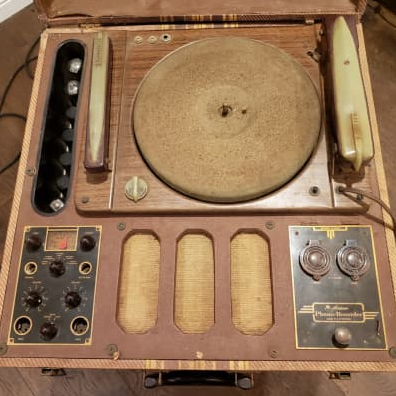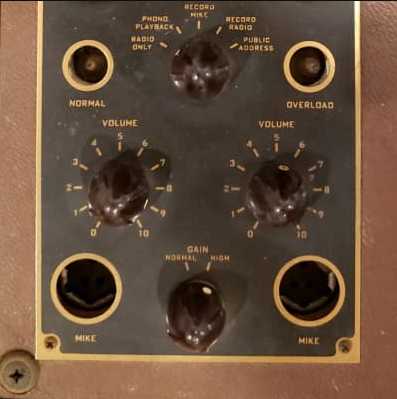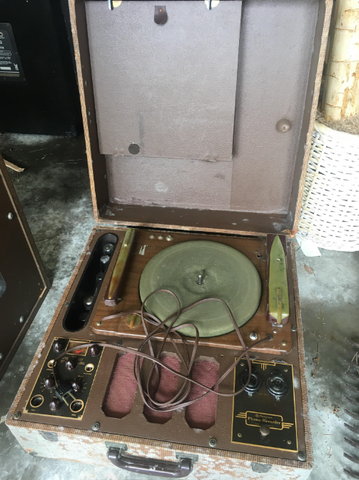The Role Meissner 9-1065 Played To Liberate Prisoners In The Shawshank Redemption

When The Shawshank Redemption was released in 1994, it wasn’t able to recuperate its costs and was deemed as a box office flop but slowly it has become one of the most popular movies of all time remaining consistently top-rated on platforms like IMDb.

The film is considered a feel-good masterpiece and for some, it is likened to a religious experience.

The plot of the film revolves around a powerful parable of a wrongly convicted man who triumphs over terrible adversity and in the process spiritually liberates his fellow inmates instilling a sense of hope. While not everybody who watches the film has been in jail but on a metaphysical level the film resonates with everybody, many people may feel enslaved by their environment, their jobs, their relationships - whatever it is in the course of their lives that puts walls and bars around them. And Shawshank is a story about enduring and ultimately escaping from that imprisonment.
There’s one scene in particular that completely distils the essence of the movie and music plays an important part in it. The lead protagonist Andy Dufresne locks himself in the prison office in an act of defiance against prison authorities and plays “Duettino Sull’aria” duet from one of Mozart’s most popular operas “The Marriage of Figaro” over the loudspeakers, creating a sense of astonishment and euphoria throughout the prison yard.

The record player used to liberate the prisoners is a Meissner 9-1065 from 1947. A fascinating piece of gear which houses a record player, radio, record cutter, and amp all rolled into one. One can also record low-fidelity audio using the record cutter on it. It was made a year before the LPs were introduced but could play them well along with 78s. It was sold for $111.28 back when it was released, which is now about $1,439.39 if adjusted for inflation.
Read more: Top 9 turntable cameos in popular media





